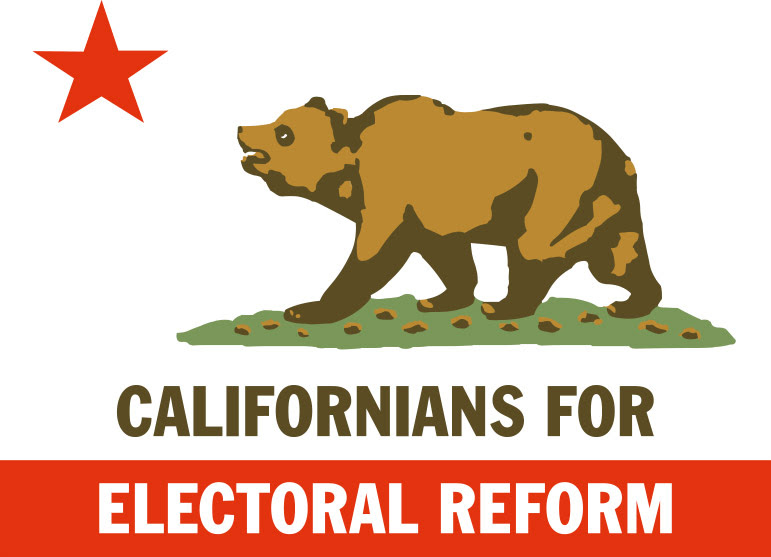Ranked Choice Voting (RCV) – a.k.a. Instant Runoff Voting or “the Alternative Vote” – is a straightforward voting system used to select a single winner from a list of three or more candidates. Unlike the single-member district plurality system used in most U.S. elections, RCV allows voters to choose the candidate they like best without fear of wasting their vote (on a small party unlikely to win) or “spoiling” the election for one of the big two parties that normally win. Small parties actually have a chance of winning so more parties run candidates, giving voters more – and more meaningful choices. And in providing greater choice for voters, RCV increases voter interest and turnout. Equally important, RCV changes the incentives facing the Big Two parties, reducing the value of negative campaigns and increasing incentives to focus on policy instead of personality.
How does it work?
With ranked choice voting, voters can rank candidates in order of preference – first, second, third favorite and so on. Candidates do best when they attract a strong core of first-choice support while also appealing to voters who may not rank them first, but find them acceptable enough to rank second, third, etc. When used as an “instant runoff” to elect a single candidate (like a mayor or a governor), RCV ensures that the winning candidate has the support of a majority of voters. When used as a form of proportional representation (P-RCV) to elect more than one candidate (like multiple members of a city council, state legislature or even Congress), RCV helps to more fairly represent the full spectrum of voters.
Video Overview
Real Choices, Stronger Voices
RCV allows voters to rank the candidates they like in their order of preference. To determine the winner, ballots are counted according to voters’ highest-ranked eligible choices. Until someone has a majority, last-place candidates are eliminated one at a time, and ballots are recounted.
Building a Stronger California Republic
Bold letters on our state flag proclaim us the “California Republic.” In a republic, according to Thomas Jefferson, “every member composing it has his equal voice in the direction of its concerns … by representatives chosen by himself and responsible to him at short periods.” It’s a brilliant idea, worthy as the foundation of our civilization, and worth defending. But is California truly a republic?
Principles of a republic
We can summarize the founders’ ideas as:
- All voters deserve an equal voice in government.
- A voter’s voice should be expressed by the representative s/he supports most from among a variety of competitive options.
- Group decisions should reflect a mandate of a majority of voters.
It may not be possible to precisely satisfy all three of these all the time, but if we try, we can come very close. To achieve this, we must design our electoral machinery to pursue them. RCV is a proven, effective way to do so. The ranked ballot collects more meaningful information from voters, giving them a greater power of choice and measuring their will more accurately. RCV:
- Results in majority rule.
- Eliminates the “spoiler” dilemma, where voting for a weak favorite candidate causes one’s least favorite candidate to win.
- Allows for a diverse candidate field while also ensuring that the winner has the support of a majority coalition.
- Encourages positive campaigns, because candidates depend on the second choices of voters for other candidates.
- Works cheaply and conveniently, because it collects all of the information necessary to determine a majority winner on one ballot.
What can you do to promote RCV?
Get involved. Join CfER, support a local campaign, or help educate more people by bringing RCV and PR to your school or organization!
